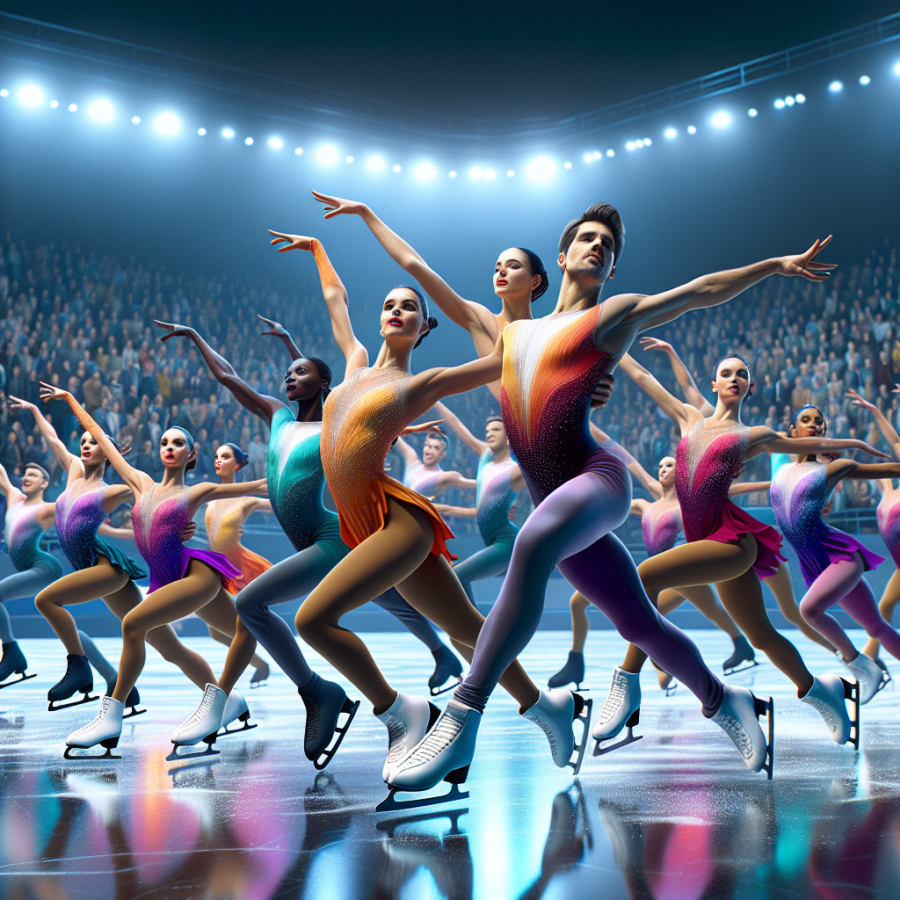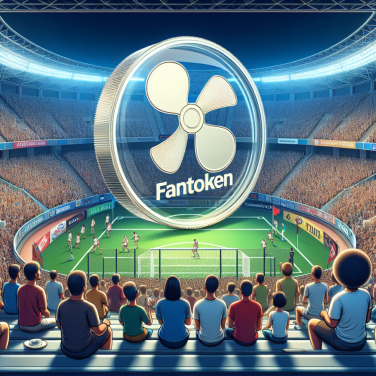Choreographing Elegance on Ice: The Essence of Synchronized Skating
Synchronized skating, often referred to as "synchro," is an ice skating discipline where 8 to 16 skaters perform routines in unison on an ice rink. Unlike other forms of figure skating that focus on individual or pair performances, synchronized skating demands a cohesive blend of artistry, precision, and timing that creates a captivating display of ice harmony.
At the heart of synchronized skating is the art of choreography. Choreographers must craft routines that not only highlight the athletic prowess of the skaters but also the beauty and grace synonymous with the sport. To achieve this, choreographers draw on a diverse range of musical styles and storylines to design programs that resonate with audiences and judges alike. From classical pieces to modern pop medleys, the chosen music sets the tone for each performance.
One of the critical elements of choreography in synchronized skating is the creation of intricate formations, such as blocks, wheels, lines, and circles. These formations must transition smoothly and flawlessly to ensure a seamless performance. The skaters, while maintaining their close formations, perform complex footwork, turns, and moves such as spirals and lifts. The synchronicity and exactness required to execute these elements are what make this sport truly breathtaking.
The difficulty of elements and transitions, along with intricate choreography, contributes to the overall score in competitions. Skaters must keep in perfect alignment, matching each movement with the precision of a well-conducted orchestra. The slightest misstep or timing error can disrupt the visual effect and flow of the program, which can lead to deductions in scoring.
The use of space on the ice rink is another crucial aspect of synchronized skating choreography. Choreographers strategically design the program to utilize the full surface of the rink, emphasizing patterns that create visual impact and highlight the group's unity. This spatial awareness is crucial as it determines how the skaters interact with the ice, the music, and each other, contributing to the storytelling aspect of the routine.
Costumes in synchronized skating are also meticulously designed to complement the choreography. They are often vibrant and elaborate, allowing the judges and the audience to see the skaters as one cohesive unit rather than individuals. The costumes reflect the theme of the music and the mood of the routine, ensuring that the visual presentation matches the technical skill on display.
Physical fitness and endurance play a significant role in synchronized skating.
Read also:
Punchball: Reviving the Classic Playground Game for All Ages
Synchronized Skating, often described as ballet on ice, is a unique discipline where a team of skaters performs intricate formations and step sequences in perfect harmony. Unlike other forms of figure skating, which focus on individual or pairs performances, synchronized skating is all about unity, precision, and the combined effort of a group, with teams consisting of up to 16 skaters. The beauty of this sport is not just in the individual skills of the skaters, but in their ability to move as one, creating a visually stunning spectacle that celebrates teamwork and artistry on ice.
At the heart of synchronized skating lies the requirement for impeccable timing. Each skater must execute their movements in unison with the rest of the team, down to the last hand gesture or blade stroke. This synchronization extends to spins, jumps, lifts, and intricate footwork, all while maintaining formations such as circles, lines, wheels, and blocks. The challenge is to perform these elements with seamless transitions, often changing formations while still in motion and doing so with a smile, making the entire routine look effortless.
The technical difficulty in synchronized skating is heightened by the need to keep close proximity to one another. Skaters must maintain their positions while skating at high speeds, which demands a significant level of skill and spatial awareness. They need to be acutely aware of their surroundings in order to avoid collisions and to stay in formation. The complexity of the steps and the pace at which they are performed would be demanding for an individual skater, but achieving such precision as a group takes countless hours of practice and exceptional coordination.
Musical interpretation is another integral component of synchronized skating. Teams must not only skate in time with each other but also with the nuances of the music. This requires a deep understanding of the music's rhythm, tempo, and emotional arcs. A well-choreographed routine will highlight the music's peaks and valleys through the skaters' movements, creating a powerful narrative on the ice that resonates with the audience. This aspect of the sport demonstrates that synchronized skating is not just a technical display but an expressive art form, telling a story through the motion of blades on ice.
The visual impact of synchronized skating comes to life with the costumes and presentation. A team's outfits are usually elaborate and carefully designed to enhance their performance while reflecting the theme or story being portrayed. The use of color, patterns, and embellishments can create striking visual effects, especially when the entire team moves together.
Perfect Unison: Mastering the Intricate Details of Synchronized Skating
Synchronized skating, a sport often described as ballet on ice, demands not just individual excellence but the harmonious blending of every skater to create a flawless collective. The beauty of synchronized skating lies in its intricacies—a perfect unison that can be achieved only through mastering the meticulous details.
As each team glides across the ice, it’s vital for the skaters to develop a deep understanding of their own movement in relation to others. This includes being acutely aware of their position within complex formations, such as blocks, circles, wheels, and lines. Skaters must maintain formation shapes and spacings with military precision, all while incorporating the rhythm and emotion of the music into their performance.
Timing plays a critical role in achieving perfect unison. The synchronization of footwork—each step, edge, and turn—must be identical among team members. At times, this demands that skaters adjust their personal timing to match that of their teammates, showcasing an intuitive sense of each other's skating styles. A fraction of a second discrepancy in timing can disrupt the visual effect and flow of the performance.
Intersections are a highlight of synchronized skating routines where skaters crisscross paths, often at high speeds and with mere inches to spare. These maneuvers require total trust among team members and an acute spatial awareness. One wrong move during an intersection can lead to collisions, affecting not just the aesthetics of the performance but the safety of the skaters.
Accuracy and control over one’s own body is equally crucial in jumps and spins. When executed in unison, these elements convey a powerful aesthetic that exemplifies the precision of the team. Skaters must calibrate their height, speed, and landing times to ensure that every jump and spin looks like a single, coordinated movement.
Costuming also contributes to the overall impression of synchronization. Outfits are often elaborately designed to enhance the sense of unity, with careful attention paid to how they move with the skaters and contribute to the interpretation of the music and choreography.
Beyond the physical synchronization, connectedness in emotional expression is fundamental. Skaters must internalize the theme and music of their routine to present a cohesive narrative. From facial expressions to the intensity of movement, each skater must mirror not only the physical elements but the emotive quality of the performance, thus captivating the audience and judges.
Maintaining such synchronization requires countless hours of practice.




